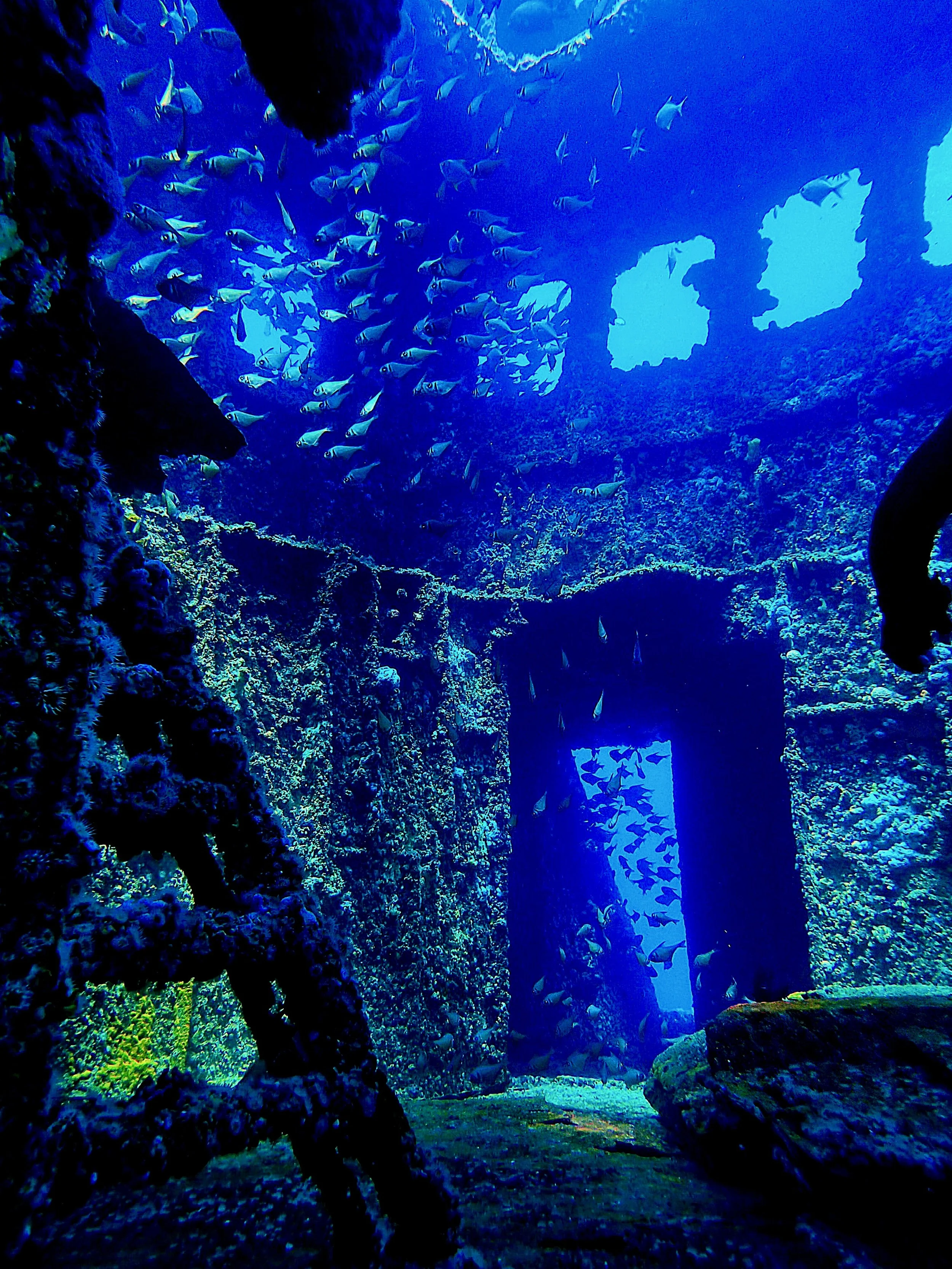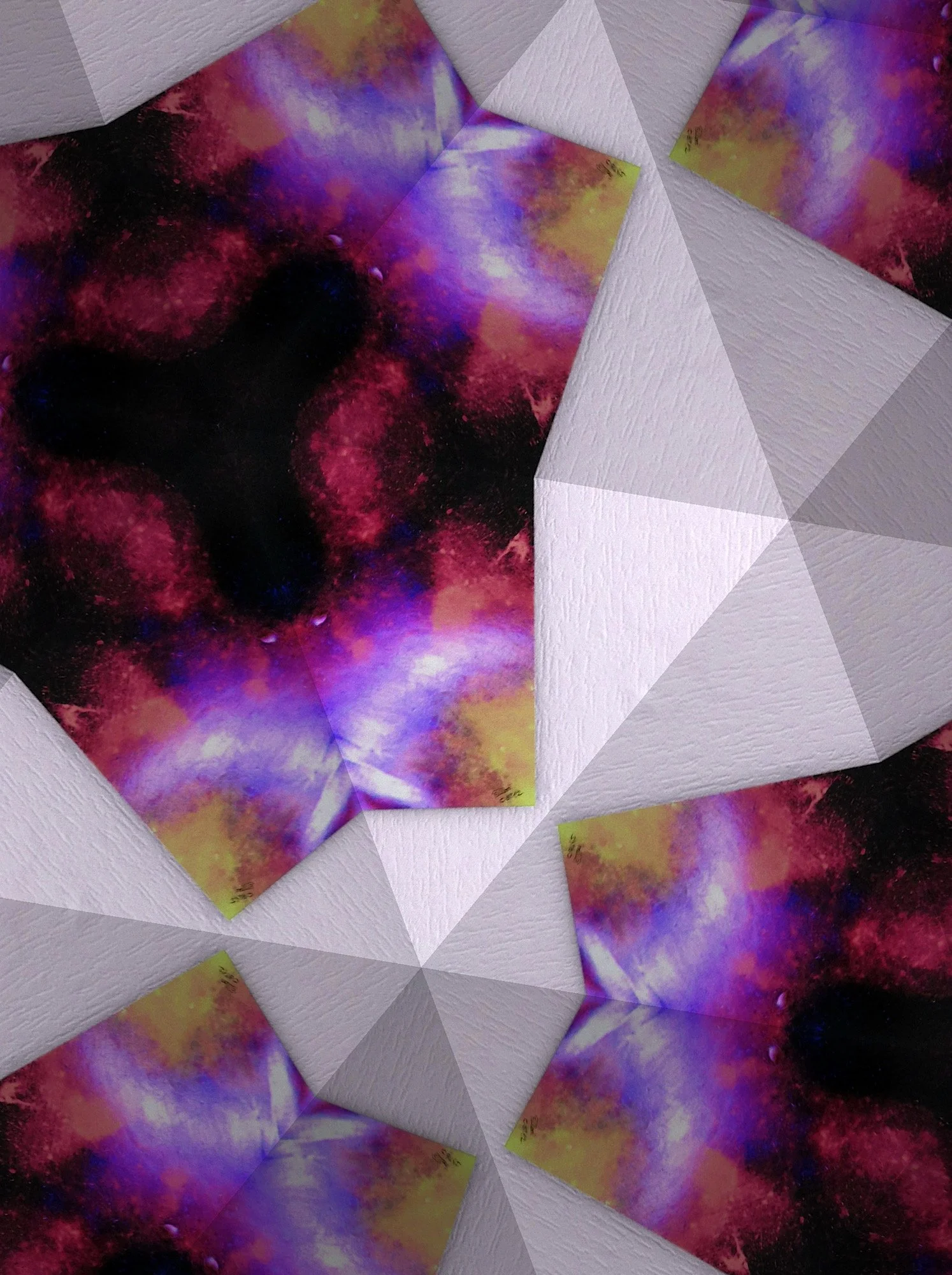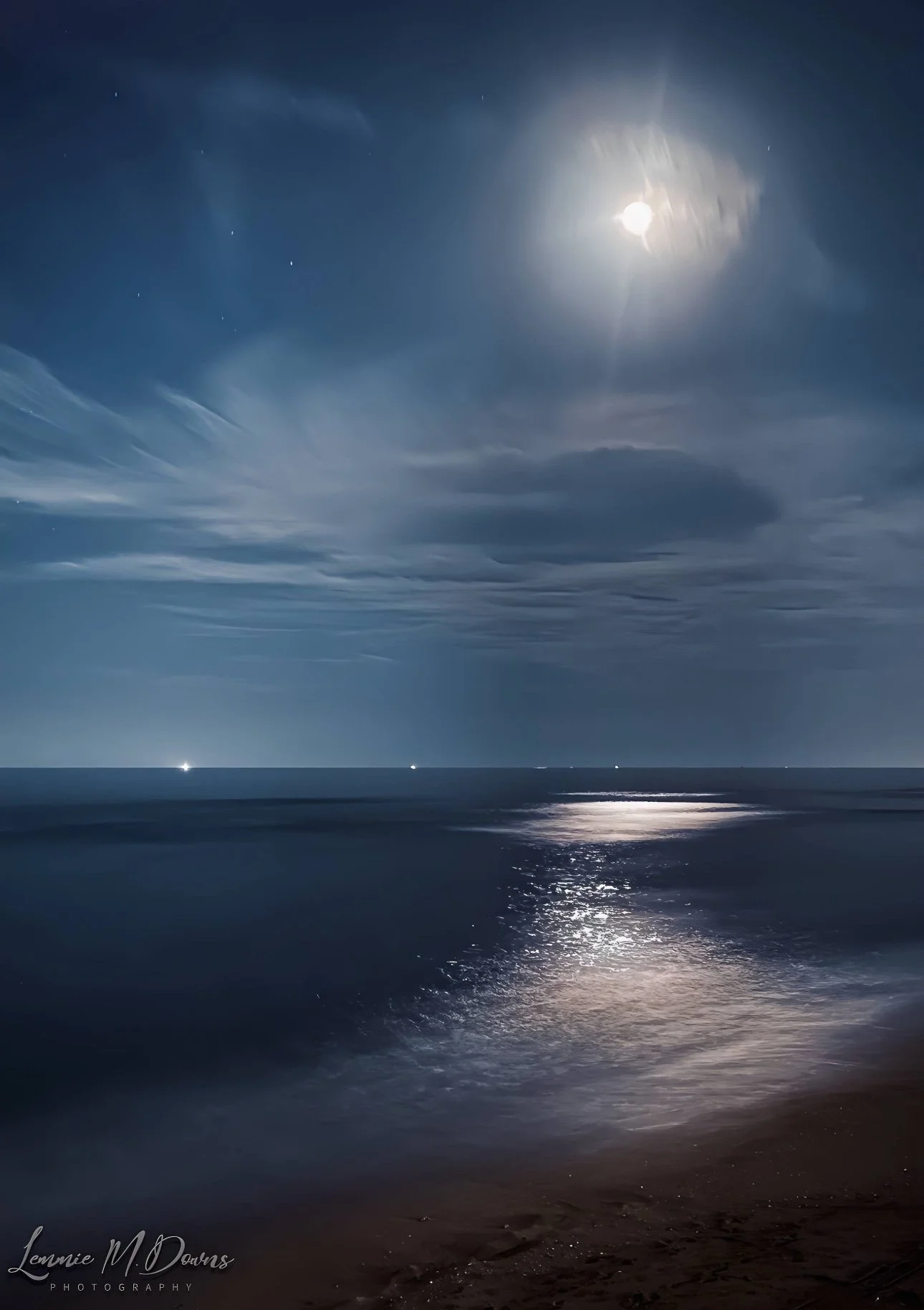Yasmina Barbet, is a French photographer trained at the IED in Rome, developed in Paris a visual approach enriched by drawing, art history, and image processing. Upon returning to Rome, she created a personal online photographic archive in 2008.
All in Photography
Interview with Ursa Schoepper
The beauty of experimental art lies in the fact that the value of an idea cannot be mathematically calculated. Digital resources operate according to the code of "either/or." However, playing with an artistic idea is not computable. Creativity and innovation follow a both/and principle. The photographic artist as constructor is a creator, not a draftsman, not a graphic artist, not a copyist. As a phantom of light, photography becomes the bearers for an artistic vision. Image skin, artificial skin, forms the blueprint for another possibility.
Artist Spotlight - Eva Berler
My engagement with photography has rekindled my relationship with both nature and my inner world. My work revolves around nature, urban settings, macro subjects, abstract forms, and fine art photography. Rather than seeking out the extraordinary, I am drawn to the hidden, quiet, and often overlooked aspects of daily life. I seek to uncover beauty, wonder, and poetry within the ordinary, shaping what I call "my little mundane world."
Artist Spotlight - Melissa Lohr
My photography is a depiction of how I see the natural world and all the mystery it holds. Sometimes bright and colorful in its beauty or dark and ominous, but beautiful just the same. Although I do feel that I'm more drawn to what exists in the shadows. A dreamlike entity that resides at the fringes of perception, a mystical presence that dances between reality and imagination.
Artist Spotlight - Mary Di Iorio
Visual artist, researcher, and professor with a specialization in the History of Art and Architecture in Brazil. Her career began with a solo exhibition at the Salão Jovem of Minas Tênis Clube in Belo Horizonte, and since then, her works have traveled the world, featured in both solo and group exhibitions.
Kat Kleinman
Kat Kleinman’s collages emerge at the intersection of psychology, photography, and handicraft, a confluence that makes her contribution to contemporary art both singular and necessary. In an era where cynicism masquerades as sophistication, her unabashed commitment to joy reclaims art’s most elemental function: to heal.
Artist Spotlight - Romy Pfeifer
I feel a strong connection to all the beauty that surrounds me: the trees, plants, animals, fields, the sea, and the sky. Making photographs in these landscapes is a kind of meditation for me, and I feel the healing power. Through my art I have found my place in the world.
Artist Spotlight - Ted Fryberger
I want my photographs & graphic arts posters to capture and display the raw, wild beauty of the natural world. These photographs were taken on wilderness backpacking, backcountry skiing, scuba diving, and hiking trips I‘ve done or led over the past thirty years. My goal: seek & protect wilderness through sharing these images.
Artist Spotlight - Yiannis Galanakis
Yiannis Galanakis studied at the Physics Department of the Aristotle University of Thessaloniki.
Since 2012, his artistic focus has shifted into the realm of digital photo editing and compositing, adding a new dimension to his creative endeavors.
Artist Spotlight - Hugo Martínez Rapari
My creative endeavors, particularly regarding the impacts of global warming and climate change, merge photography with digital art. I hold the view that artistic insights thrive through cross-disciplinary practices, which significantly shape my exploration of various themes. The pieces in this series strike a balance between representational and abstract styles, capturing both static and dynamic qualities.
Artist Spotlight - Claire Davenhall
Claire’s underwater photographs capture the hidden wonders of the Indian Ocean, where shipwrecks, shifting light, and vibrant marine life come to life through the deep blue, revealing a few of the ocean’s hidden stories.
Artist Spotlight - Marija Tanaskovic Papadopoulos
Marija was born in Belgrade / Serbia in 1976 where she graduated from the University of Fine Arts in 2001 as a Sculptor. In 2004 she moved to Chicago with her husband where she was working in her art studio with traditional painting and sculpturing materials. Two years after, she started using modern technologies for fine art, as well.
Interview with Gianfranco Merati
By pushing into the abstract in some cases or the hyper-realism in others, I aspire to creating images that challenge or, in the most extreme cases, subvert what we think we know about how what we call reality renders itself to us.
Kathrin Kolbow
Kathrin Kolbow’s photography operates in the liminal spaces of human experience, where the real and the surreal converge in an intricate dance of ambiguity and revelation. In her work, the body becomes a site of transformation, pain becomes a form of beauty, and the subconscious manifests in strikingly visceral compositions. With an oeuvre that spans years of introspection, technical precision, and fearless artistic integrity, Kolbow stands as a significant force in contemporary photography.
Artist Spotlight - Inbal Kristin
My work uniquely blends photography, painting, and digital editing, effectively dissolving the boundaries between these mediums. This fusion prompts viewers to engage deeply, often leaving them questioning the techniques and processes employed. My creative journey is driven by a desire to stimulate both the mind and emotions of her audience.
Artist Spotlight - Johan Siggesson
Johan Siggesson is an acclaimed Swedish artist currently residing on the beautiful Mediterranean island of Malta. His artistic expertise lies in fine art wildlife photography, where he skillfully captures the essence of nature and wildlife through remarkable large limited edition fine art prints. His unparalleled passion for Africa and its magnificent animals has earned him global acclaim.
Pilbri - Britta Neumärker
Pilbri - Britta Neumärker is a singular voice in contemporary art, meticulously dismantling visual façades to reveal the undercurrents of human experience. With a career spanning over two decades, she employs painting and photography as a means of excavation—unearthing the tensions between the seen and the unseen, the personal and the collective, the ephemeral and the eternal.
Artist Spotlight - Marco Benedetti
For me Art doesn't exist if one counts the time spending for the creation process. It is not about hours, minutes and seconds. It is about emotions, in search of the infinite detail and perfection, being spontaneous with mind and heart. Understand and to make only one with the universe. This is called "The Spirit of the Thing".
Artist Spotlight - Jeong-Ah Zhang
The bold contrasts and the enigmatic symbolism in Jeong-Ah Zhang's artwork invite viewers into a realm of speculative interpretation, making a profound impact on the observer's psyche. Zhang's ability to convey complex, abstract ideas through tangible imagery sets her apart as a visionary in contemporary art.
Artist Spotlight - Lemmie Downs-Lunn, Jr.
Lemmie M. Downs-Lunn, Jr. is a passionate photographer based in Hampton, Virginia, USA; with over 20 years of experience in capturing the beauty of the world through both landscapes and portraits.
Inspired by the interplay between nature and humanity, Lemmie seeks to tell compelling stories that resonate on a personal level.




















